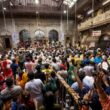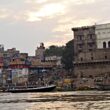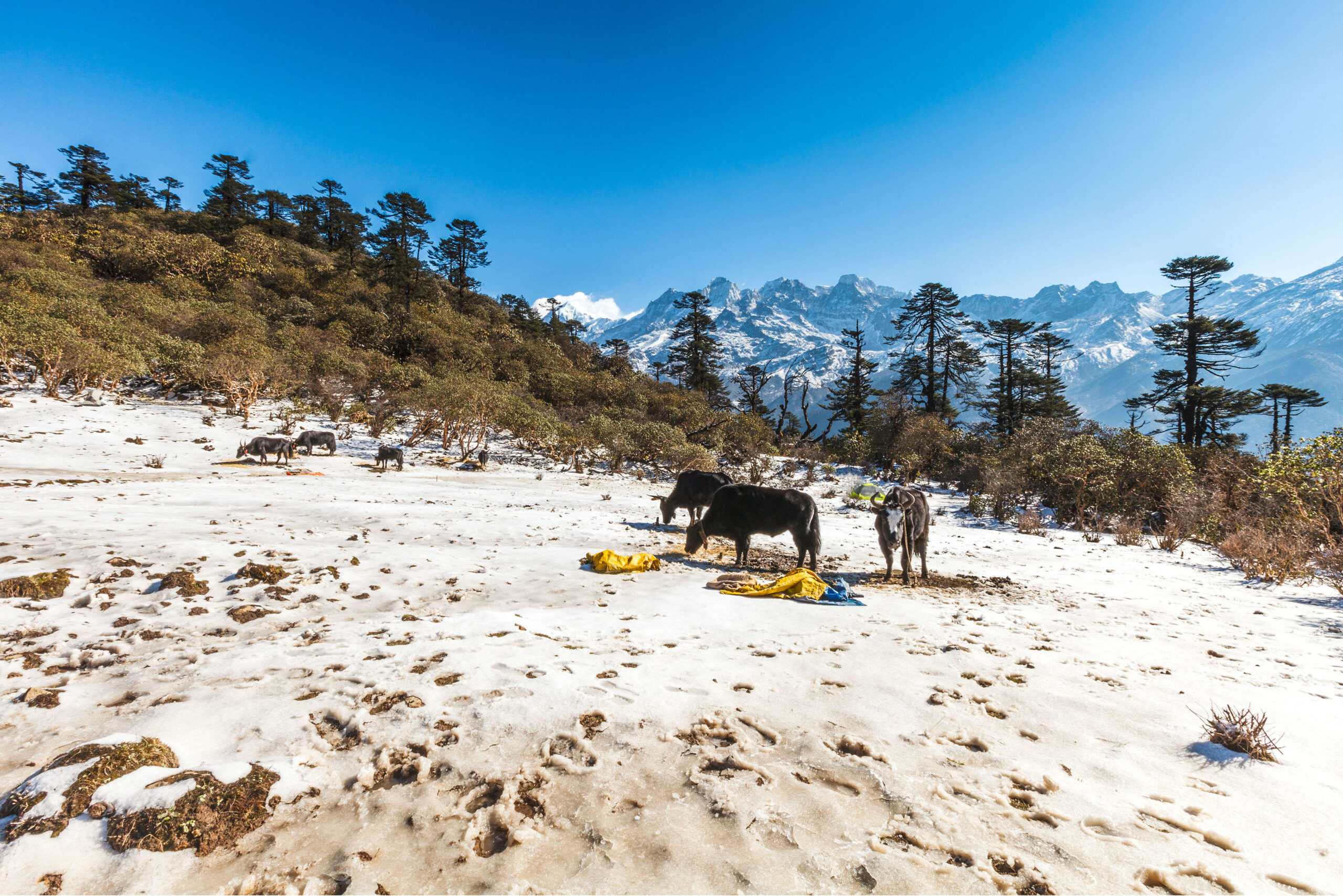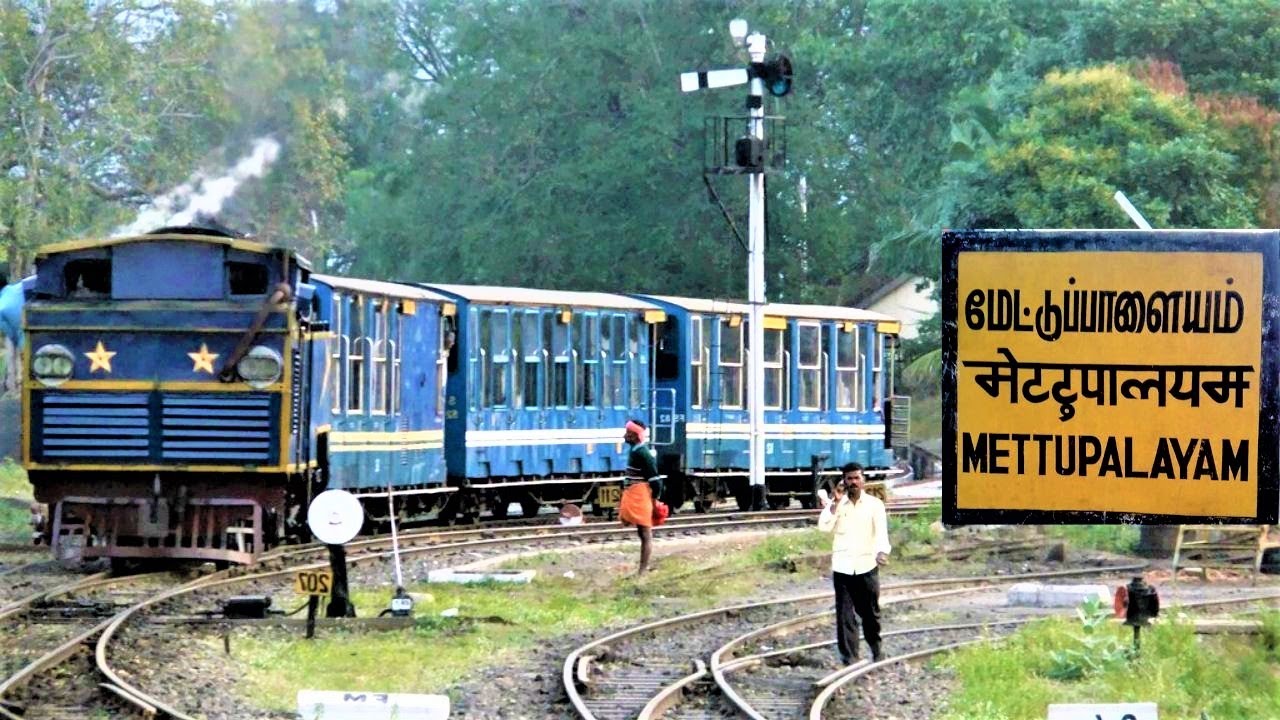Designated as a UNESCO World Heritage Site in 2016, Khangchendzonga National Park in the heart of the Himalayas is a spectacular place to visit. It is known for its spectacular wildlife like snow leopard, red panda, great Tibetan sheep, musk deer etc. You can also spot birds like Himalayan snowcock, black-necked crane, gray peacock-pheasant, blood pheasant, Himalayan monal, etc. The national park comprises 18 glaciers, the most popular of which are the Zemu Glacier and 17 alpine lakes. From here you can have panoramic views of many mountain peaks including Khangchendzonga Mountain.
Khangchendzonga National Park
Situated at the heart of the Himalayan range in northern India (Sikkim state), Khangchendzonga National Park includes a unique variety of plains, valleys, lakes, glaciers and spectacular, snow-capped mountains covered with ancient forests, including the third highest mountain in the world. also includes. Peak, Mount Khangchendzonga. Mythology is associated with this mountain and a large number of natural elements (caves, rivers, lakes etc.) are objects of worship by the indigenous people of Sikkim. The sacred meanings of these stories and practices are integrated with Buddhist beliefs and form the basis of Sikkim’s identity.
Situated in the northern Indian state of Sikkim, Khangchendzonga National Park (KNP) displays one of the widest elevation ranges of any protected area in the world. The park has an exceptional vertical sweep of 7 kilometers (1,220 m by 8,586 m) in an area of only 178,400 hectares and includes a unique variety of lowlands, steep-sided valleys and spectacular snow-capped mountains, including the world’s third highest peak. Mount Khangchendzonga. Several lakes and glaciers, including the 26 km long Zemu Glacier, lie at barren heights.
The property falls within the Himalayan Global Biodiversity Hotspot and exhibits an unsurpassed range of sub-tropical to alpine ecosystems. The Himalayas are the narrowest here, resulting in extremely steep terrain that accentuates the contrast between the various eco-zones that characterize the property. The park is located within a mountain range of global biodiversity conservation importance and covers 25% of the state of Sikkim, which is considered one of India’s most important biodiversity concentrations. The property is home to a significant number of endemic, rare and threatened plant and animal species. The property has one of the highest numbers of recorded plant and mammal species in the Central/High Asian Mountains, and also has a high number of bird species.
The grandeur of Khangchendzonga National Park is undeniable and Khangchendzonga Massif, other peaks and landscape features are revered in many cultures and religions. The combination of extremely high and rugged mountains, which are covered with old-growth forests intact up to an unusually high timberline, further enhances the extraordinary landscape beauty. Mount Khangchendzonga and the many natural features within the property and its extensive setting are endowed with deep cultural meaning and sacred significance, giving form to the multilayered landscape of Khangchendzonga, which serves as a hidden land for both Buddhists (Bayul) and Lepcha. I am holy. As Myal Liang, representing a unique example of coexistence and exchange between different religious traditions and castes, form the basis for Sikkim’s identity and unity. Along with myths, stories and notable events, the sacred texts themselves express and reveal cultural meanings projected on the natural resources and the indigenous and distinctly Buddhist universe that developed in the Himalayan region.
Indigenous traditional knowledge of the properties of local plants and local ecosystems, specific to the local people, is on the verge of disappearing and represents a priceless source of information on the healing properties of many endemic plants. The traditional and ritual management system of forests and the natural resources of the land belonging to the Buddhist monasteries express the active dimension of the Buddhist universes and can contribute to the effective management of the property.
Related Articles helps you to know about national parks
- Bandhavgarh National Park Travel Guide
- Kanha Tiger Reserve & National Park travel guide
- Madhya Pradesh National Parks complete guide
Frequently Asked Questions About Khangchendzonga National Park
Q. What is Kangchenjunga National Park famous for?
A – Khangchendzonga National Park is home to nearly half of India’s bird diversity, wild trees, orchids and rhododendrons, and a third of the country’s flowering plants. It includes the widest and most extensive area of the Krumholz (Stunted Forest) in the Himalayan region.
Q. Which animal is protected in Khangchendzonga National Park?
A – The property provides habitat for the Snow Leopard, the largest Himalayan carnivore and globally endangered species, among other threatened species such as the Alpine Musk Deer (EN), Clouded Leopard (VU), Red Panda, Wild Dog and the Asian Black Bear.
Q. How do I reach Kangchenjunga National Park?
A – You can also take a taxi from Bagdogra airport to reach the park directly. By Rail: The nearest railway station is NJP. You can hire a car from NJP to Kangchenjunga National Park, a distance of about 221 kms. By Road: Kangchenjunga National Park is well connected by road network from Siliguri or Gangtok.
Q. Which river flows through Khangchendzonga National Park?
A – Khangchendzonga National Park (KNP) is the core area of Khangchendzonga Biosphere Reserve (KBR). Location: The KNP/KBR campus is located in the North and West Sikkim districts of Sikkim. In the east, it is bounded by the Teesta River.
Q. Where is Kangchenganga?
A – It is located 46 miles (74 km) north-northwest of Darjeeling, Sikkim, in the eastern Himalayas on the border between the state of Sikkim, northeastern India and eastern Nepal. The mountain is part of the Great Himalayan Range.









